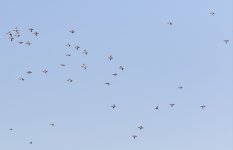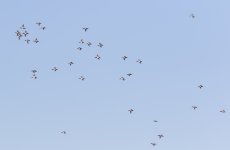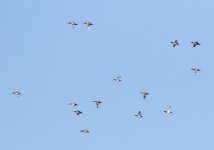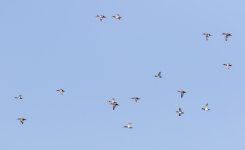Pedrambirder
Well-known member

Hi all,
It seems there are some species like Common Pochards, Ferruginous Ducks, Tufted Ducks and Coots.
Can you see something else in these shots?
It seems there are some species like Common Pochards, Ferruginous Ducks, Tufted Ducks and Coots.
Can you see something else in these shots?








